Two contemporary Porsches answer the question, do we need sports cars?
Both the Porsche Macan S and the Porsche 911 Carrera 4S are brilliant to drive, but for different reasons

Browse around the Porsche website and you quickly get straight to the heart of a contemporary dilemma; do we actually need sports cars? The fabled manufacturer made its name as a supplier of purist machinery and nothing else, obsessively honing a relatively small family of products in search of the Platonic ideal of what a sports car should be. You can still buy their descendants, of course, but the contemporary 718 and 911 models are dwarfed in sales terms by their stablemates, the Cayenne and Macan SUVs and the Panamera sports saloon, as well as the first all-electric Porsche, the Taycan saloon. It’s fair to say that sports cars are now a niche business for Porsche, even if high performance is not; over the past 18 years, the company has built a million Cayennes. In contrast, it took Porsche well over half a century to build a million 911s.
For the sake of argument, we’re comparing Porsche’s Macan S with the 911 Carrera 4S, two ostensibly very different cars. For a start, the two-door 911 costs around twice as much as the more practical Macan SUV. It also dramatically out-performs it, although short of a racetrack, autobahn or fiendishly twisty country road with far-reaching sightlines, there are very few places you can definitively demonstrate this. Enthusiasts would counter that vulgar displays of power are not what a sports car is about; the passion is to be found in the purity of the relationship between driver and machine.
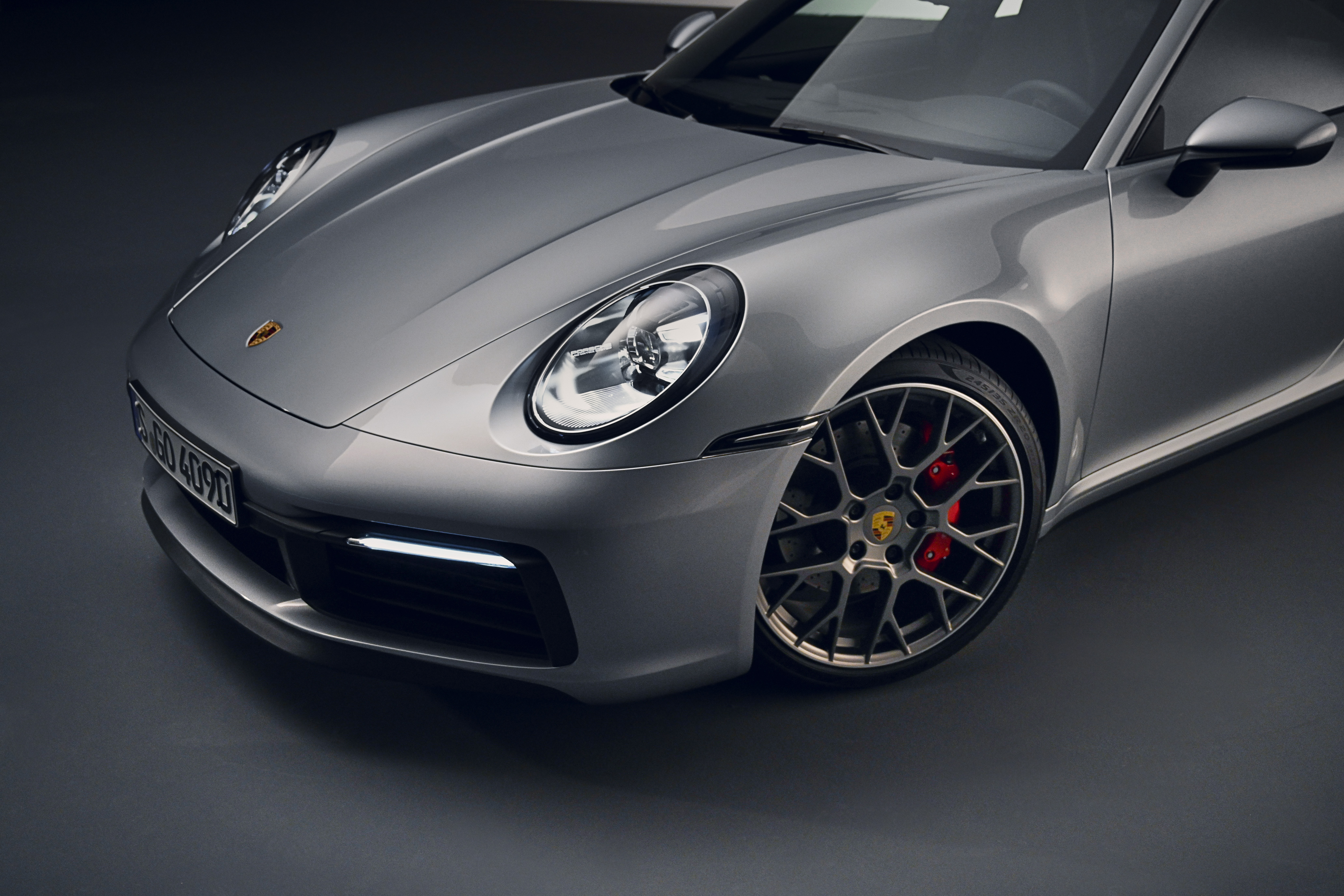
Porsche 911 Carrera 4S
The current Macan and all-new 911 (the eighth generation of the model) share an ethos but stand poles apart in this unspoken hierarchy; both are status symbols but the 911 brings with it the full weight of brand history, as well as an unspoken implication of driver skill discernment and involvement. In contrast, the Macan could be seen as the result of brazen populism and market research. It’s also born out of Porsche’s many years of experimentation with SUV and Crossover forms. Last Autumn, a monograph about the company’s design studio opened up the Porsche vaults and revealed a clutch of concept cars that had never before seen the light of day. Despite the company’s diverse contemporary line-up, these unseen Porsches showed a far more experimental side to the brand as well as the transitional designs that flesh out the family tree. These included the 2013 Porsche Macan Vision Safari, a 3-door high-riding sports crossover that is the missing link between the dedicated 911 and 959 rally cars of the 1980s and 90s and today’s more conventional SUVs.
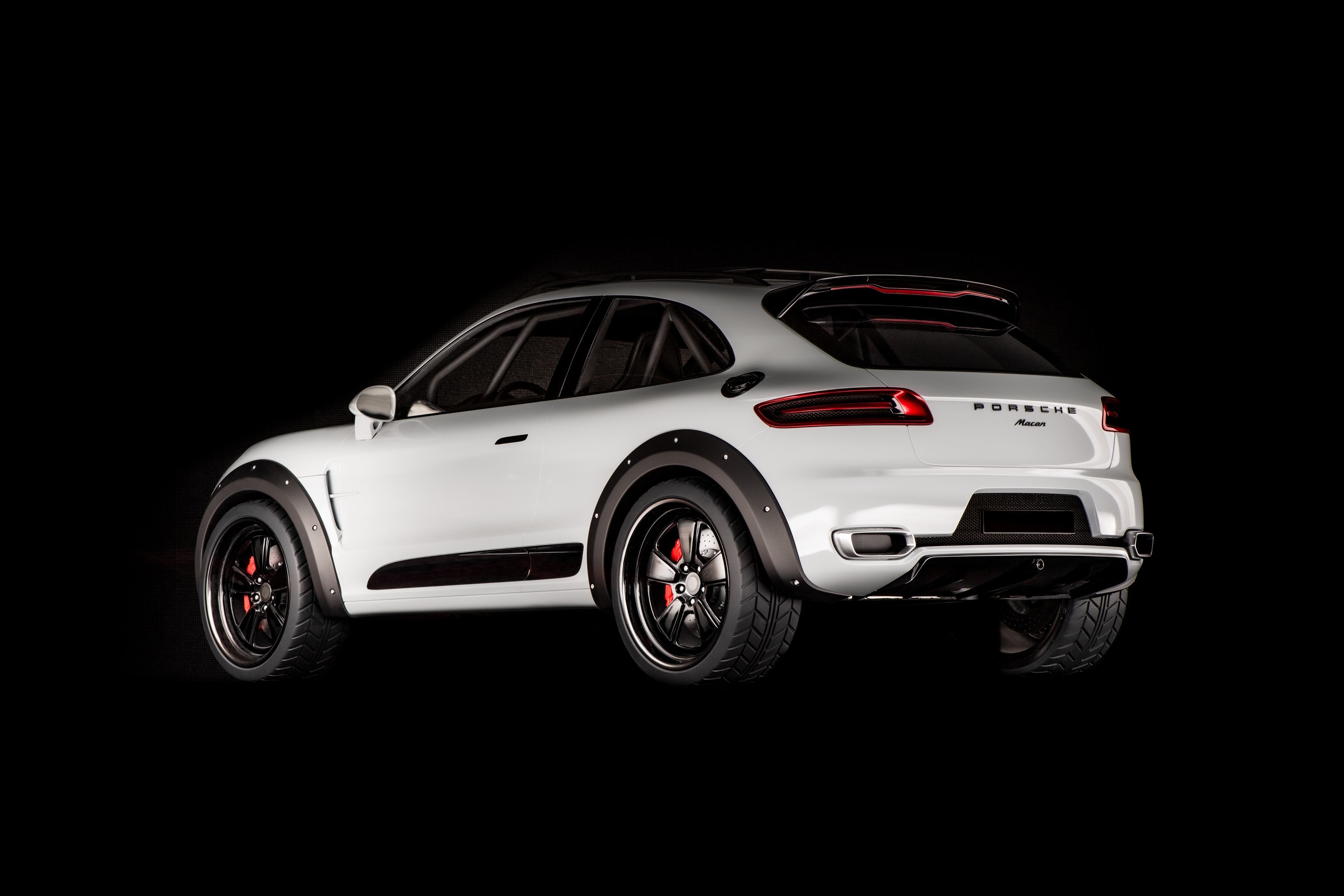
Porsche Macan Vision Safari
Both these cars are brilliant to drive, but for different reasons. The mid-range Macan is broadly competent without being dynamically exceptional or hysterically over-powered, whereas the newest 911 is a fitting evolution of the legendary model, cramming all the latest tech into a car that’s slightly larger, more luxurious and complex than its predecessor. You get more space and function in the 5-seater Macan, although it’s only marginally longer than the low-lying 2+2 911. The far more powerful 911 has a rear-mounted 6-cylinder engine versus the Macan’s V6 and both have variable four-wheel drive. The 911 lives up to its reputation of being the most practical of all supercars, but neither make much sense in a city, let alone a suburb. Visually, they’re good examples of Porsche’s tasteful but undemanding family design language. However, this means they also benefit from the company’s current reigning expertise at interior design.
One thing is also conspicuously missing from both: electrification. Here’s where Porsche’s past will have to collide with the inevitable future. It’s rumoured that the next-gen Macan will be all-electric, leaving this current model as a legacy product for those unable to make the leap. But an electric 911? Many Porsche fanatics have been reassured by the triumphant introduction of the 2020 Taycan, but whether this tech can be translated into the smaller, lighter, and purer ethos of the 911 remains to be seen.
INFORMATION
Porsche Macan S £ 49,300 (as tested £69,147)
Porsche 911 Carrera 4S £ 98,418 (as tested £119,865)
Wallpaper* Newsletter
Receive our daily digest of inspiration, escapism and design stories from around the world direct to your inbox.
Jonathan Bell has written for Wallpaper* magazine since 1999, covering everything from architecture and transport design to books, tech and graphic design. He is now the magazine’s Transport and Technology Editor. Jonathan has written and edited 15 books, including Concept Car Design, 21st Century House, and The New Modern House. He is also the host of Wallpaper’s first podcast.
-
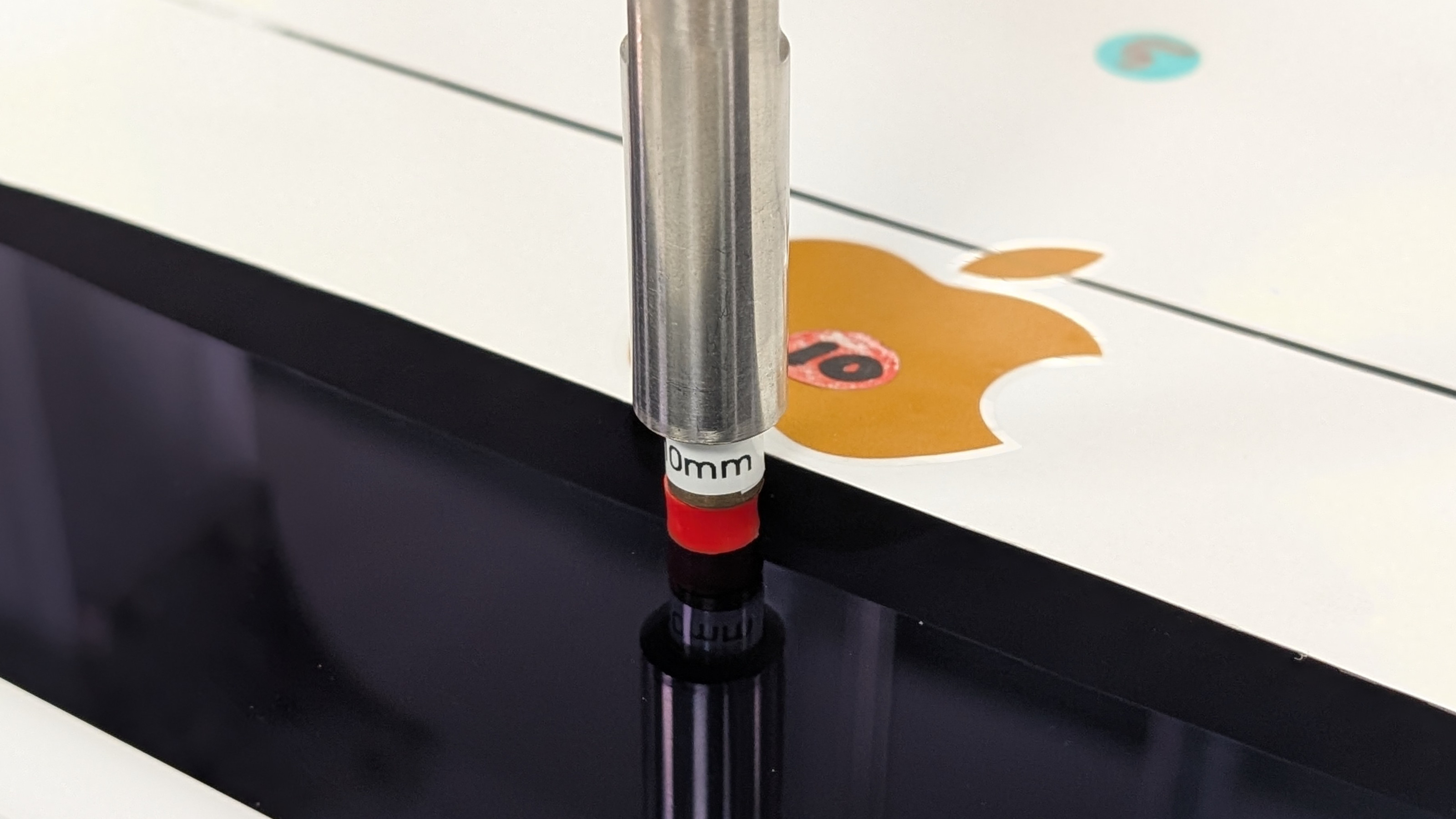 Under pressure: Apple applies skill, science and true grit to get the most out of its electronics
Under pressure: Apple applies skill, science and true grit to get the most out of its electronicsApple’s Cork HQ is home to a sophisticated R&D lab. Wallpaper* took a tour behind the scenes to see how longevity is baked in to new products
-
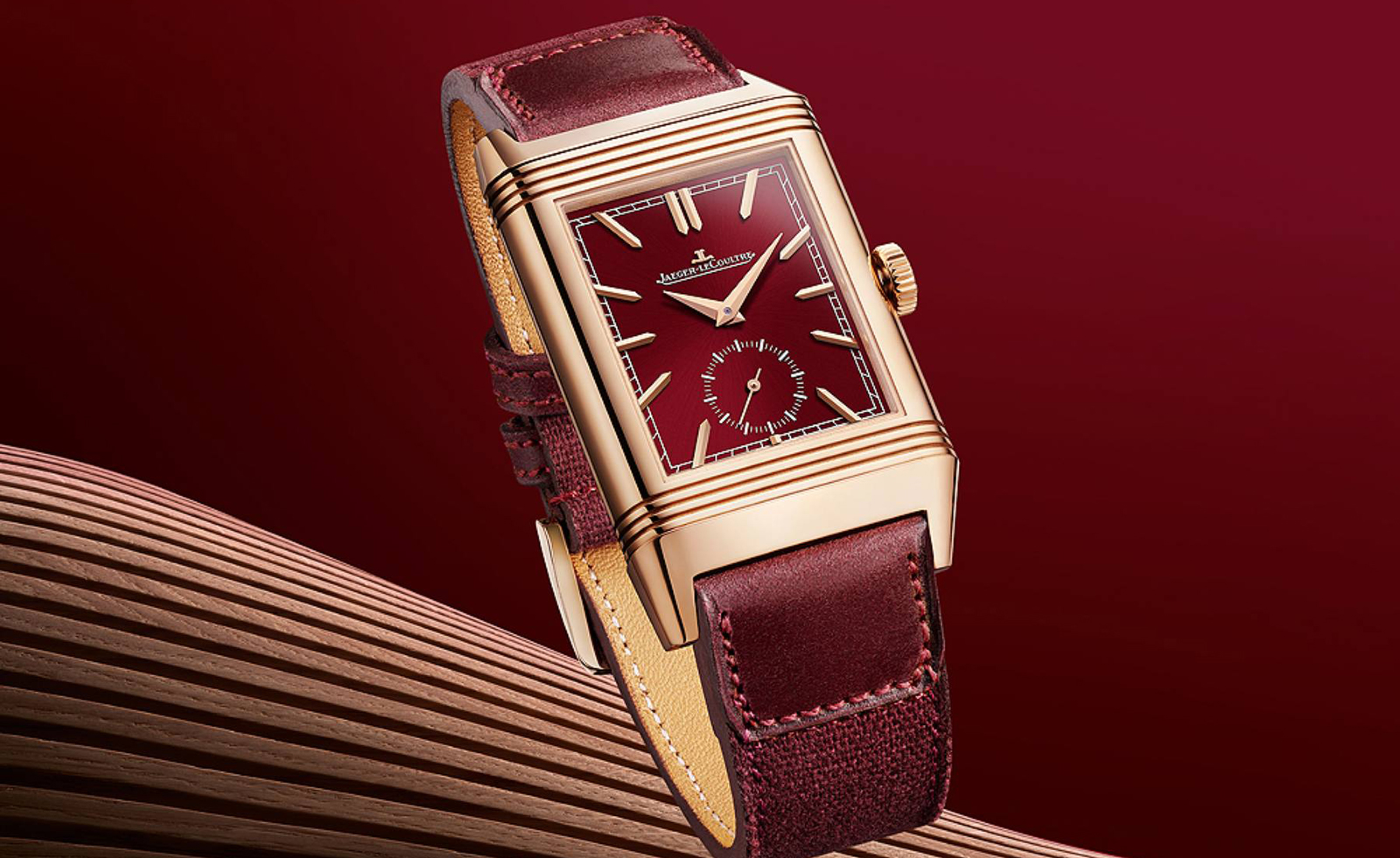 From dress to tool watches, discover chic red dials
From dress to tool watches, discover chic red dialsWatch brands from Cartier to Audemars Piguet are embracing a vibrant red dial. Here are the ones that have caught our eye.
-
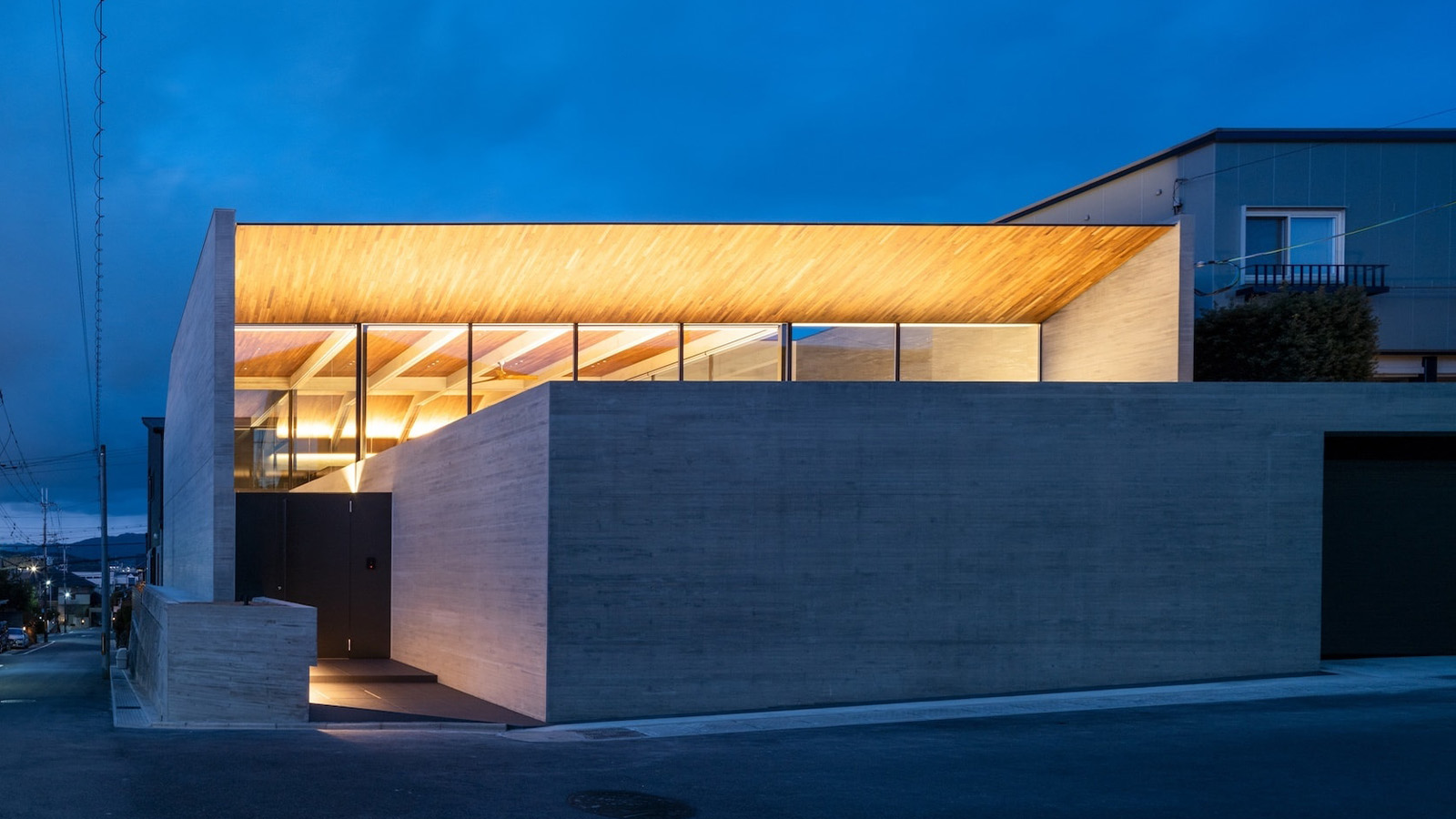 Behind a contemporary veil, this Kyoto house has tradition at its core
Behind a contemporary veil, this Kyoto house has tradition at its coreDesigned by Apollo Architects & Associates, a Kyoto house in Uji City is split into a series of courtyards, adding a sense of wellbeing to its residential environment
-
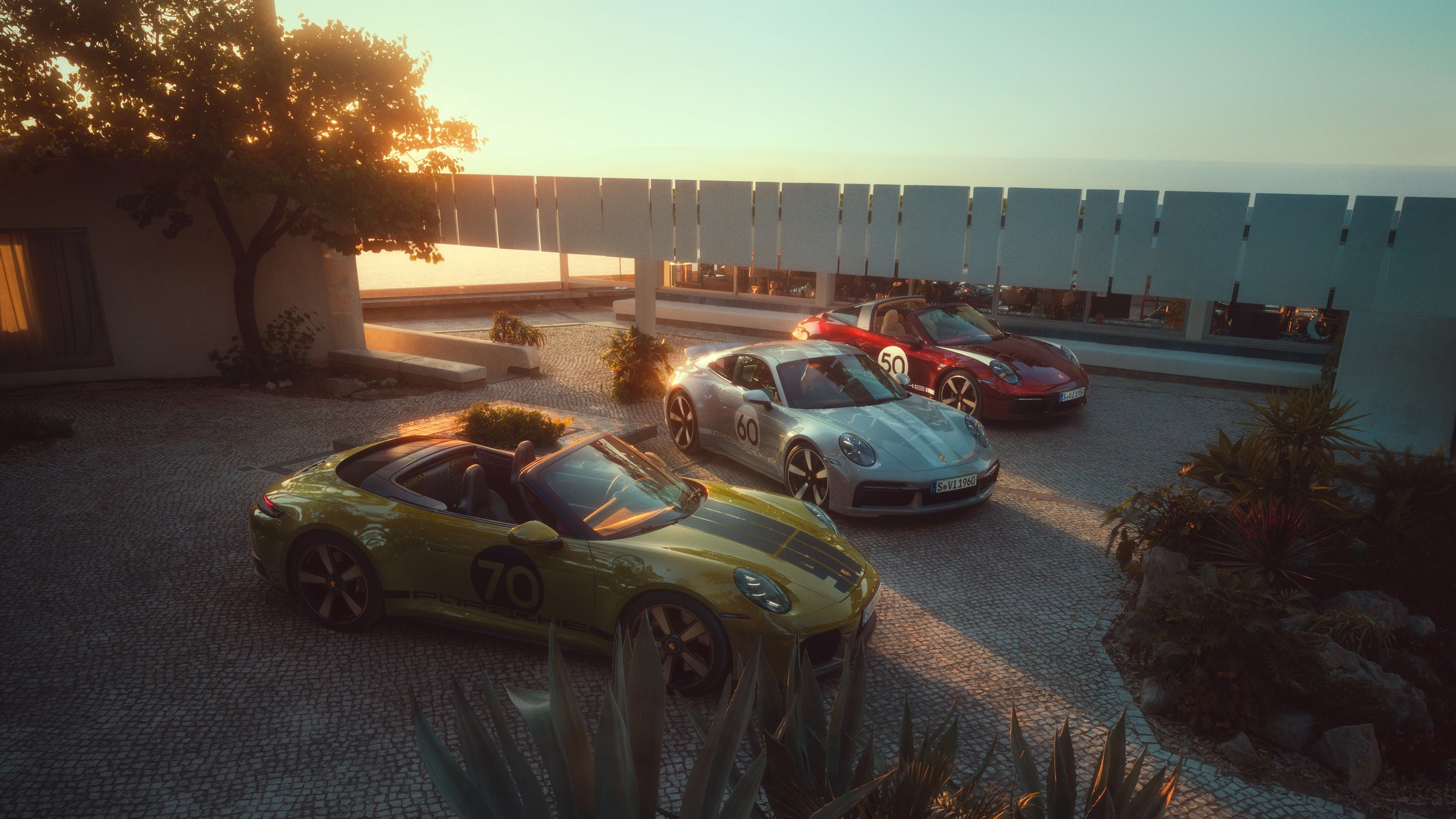 The Porsche 911 Spirit 70 harks back to the aesthetic and ethos of the 1970s
The Porsche 911 Spirit 70 harks back to the aesthetic and ethos of the 1970sAs part of Porsche’s Heritage Design strategy, the company has launched a new special edition, the Porsche 911 Spirit 70 convertible
-
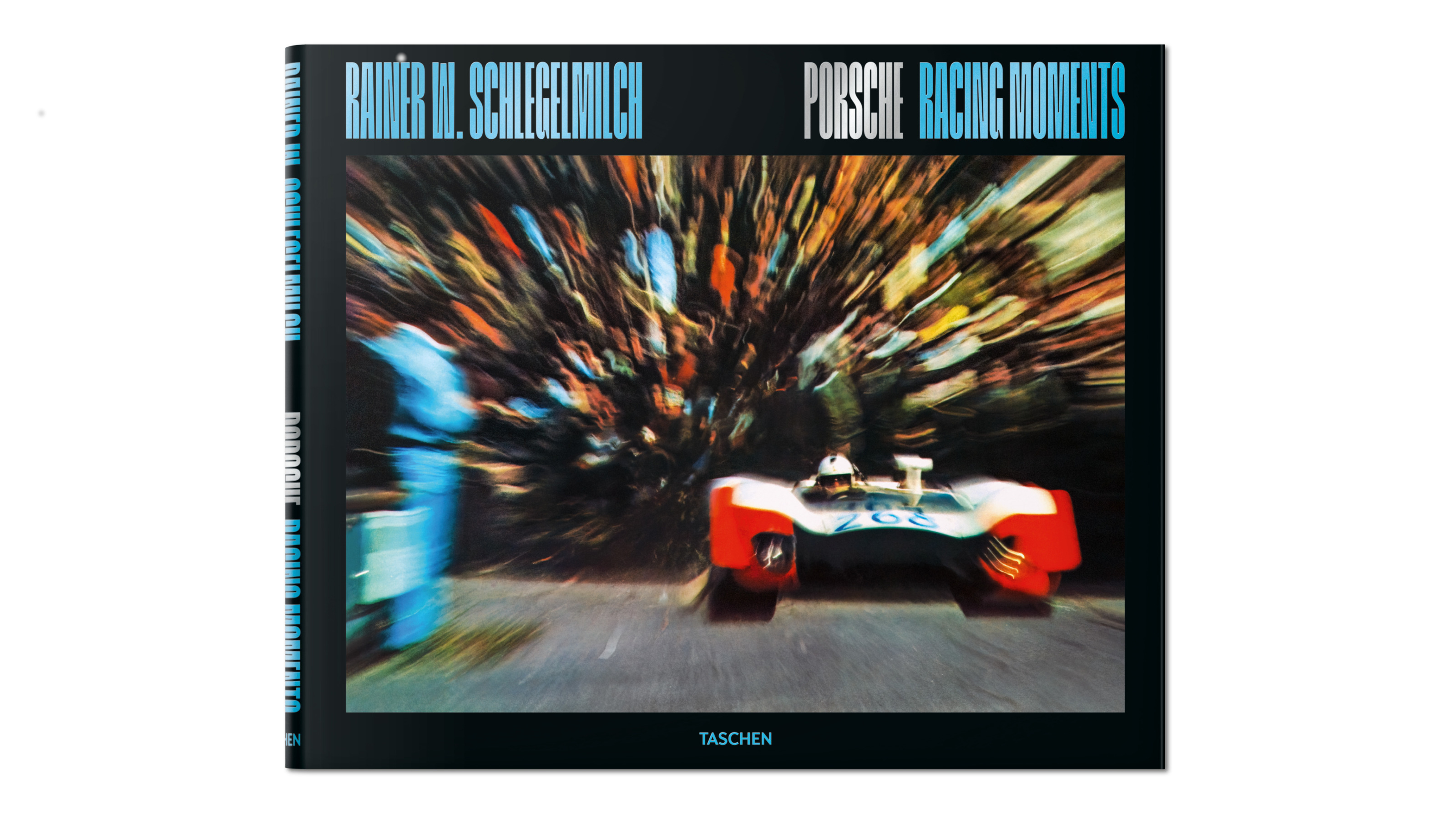 Rainer W. Schlegelmilch's Porsche photography showcases the aesthetics of speed
Rainer W. Schlegelmilch's Porsche photography showcases the aesthetics of speedTaschen's new edition of Rainer W. Schlegelmilch’s collected imagery from a quarter of a century spent following Porsche racing highlights historical machines, emotive camera technique and major moments on the track
-
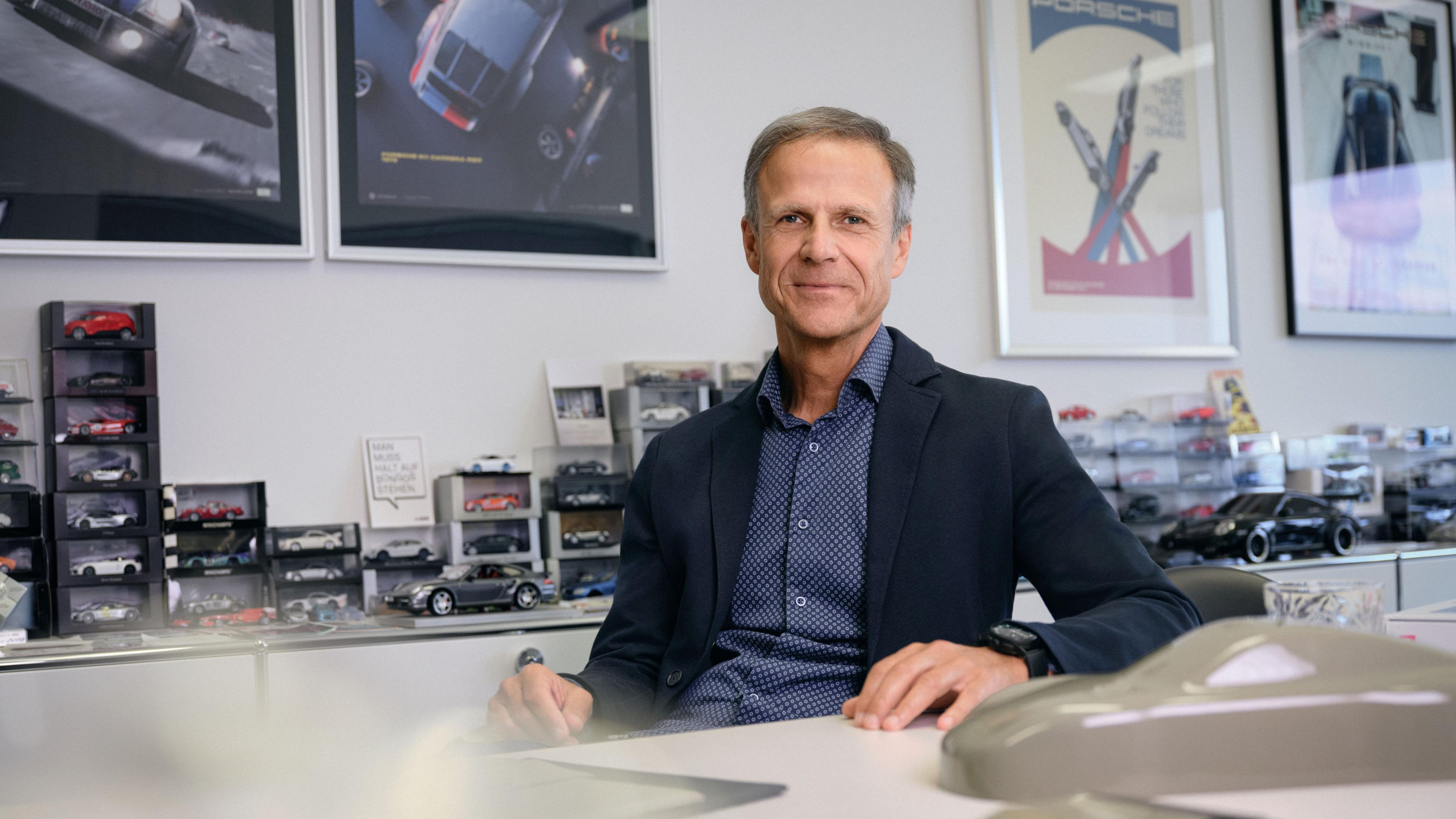 Michael Mauer on two decades at the helm of Porsche’s design
Michael Mauer on two decades at the helm of Porsche’s designPorsche’s signature style has diversified in recent years, thanks to the design leadership of Michael Mauer. We caught up with him to reflect on his 20 years in the hot seat
-
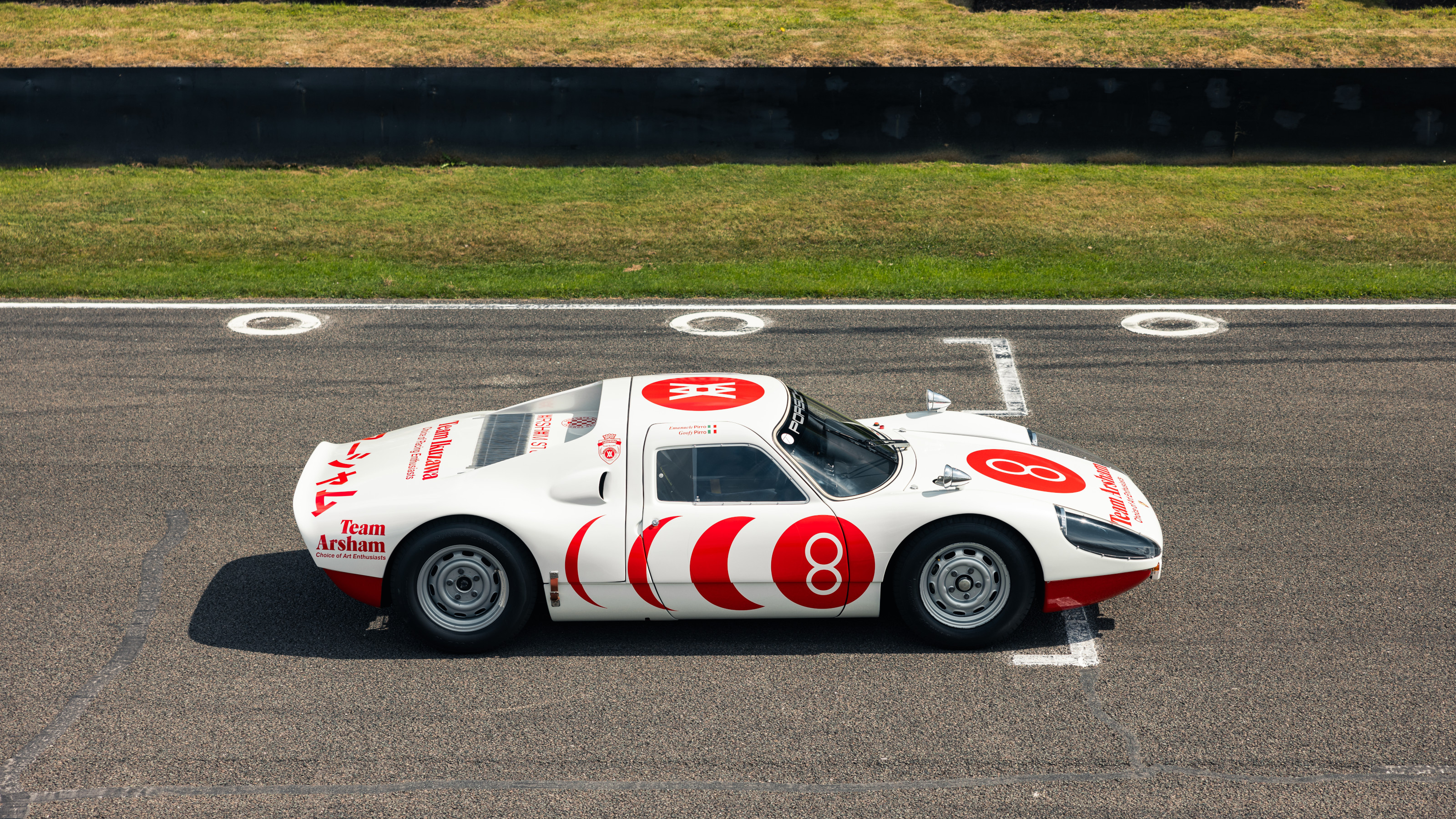 Team Ikuzawa brings the art of Daniel Arsham to motorsport
Team Ikuzawa brings the art of Daniel Arsham to motorsportCreative director Mai Ikuzawa has overseen a new capsule clothing collection, a collaboration with artist Daniel Arsham that also honours her racing driver father Tetsu Ikuzawa
-
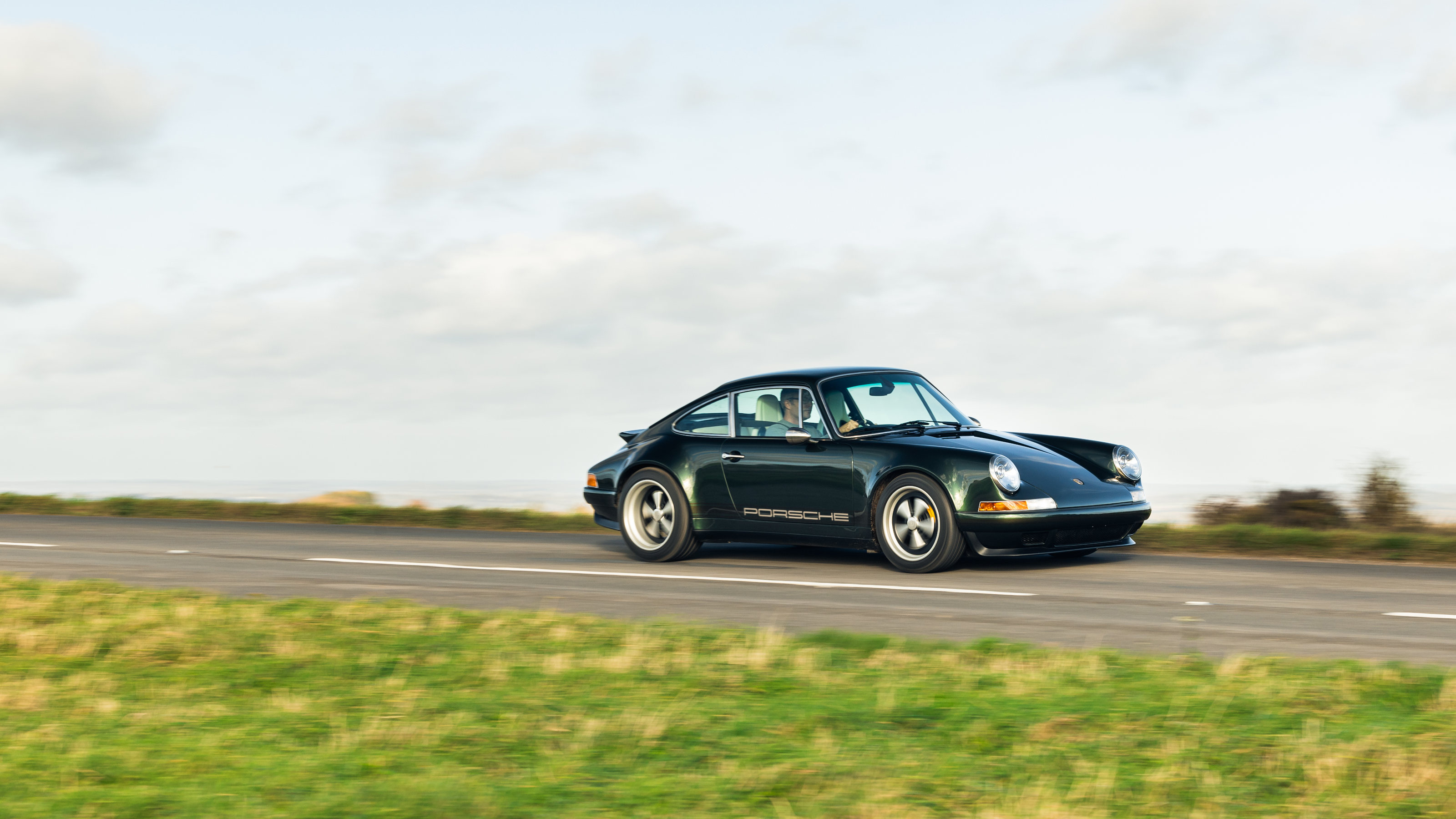 We sample the latest sports car from bespoke British manufacturer Theon Design
We sample the latest sports car from bespoke British manufacturer Theon DesignWith the GBR002, Theon Design have transformed a classic Porsche into a low-key bespoke supercar, uprating and enhancing the iconic 964 model to exacting customer specifications
-
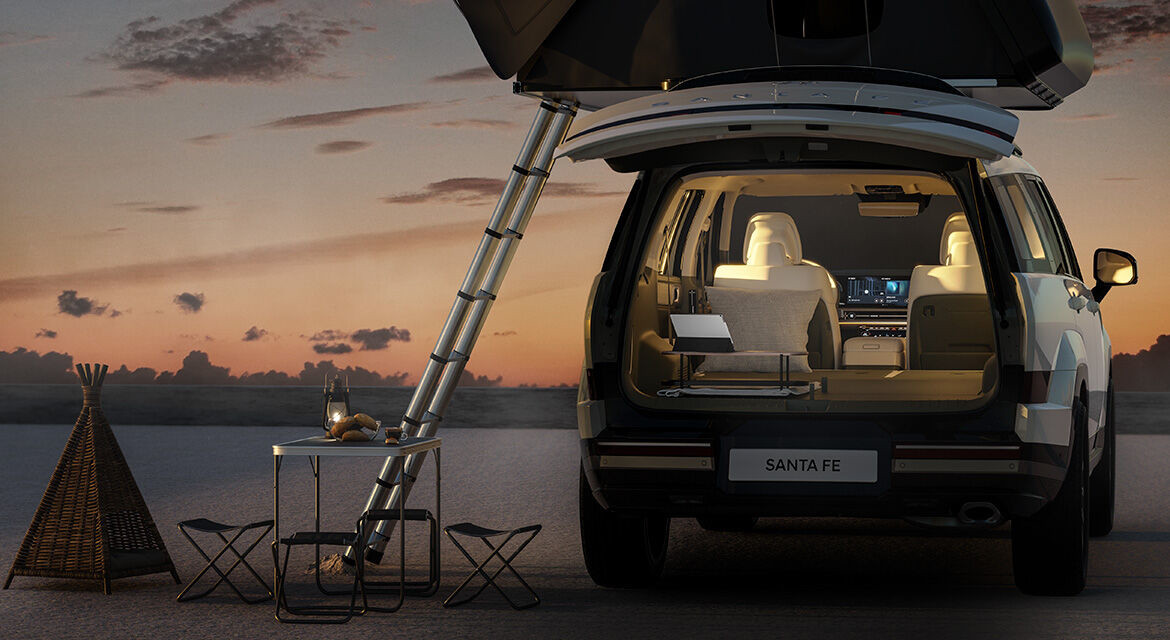 New-generation car camping and roof tents for luxury-loving adventurers
New-generation car camping and roof tents for luxury-loving adventurersCar camping is having a moment. While Hyundai and Porsche can get you kitted up, we explore other options
-
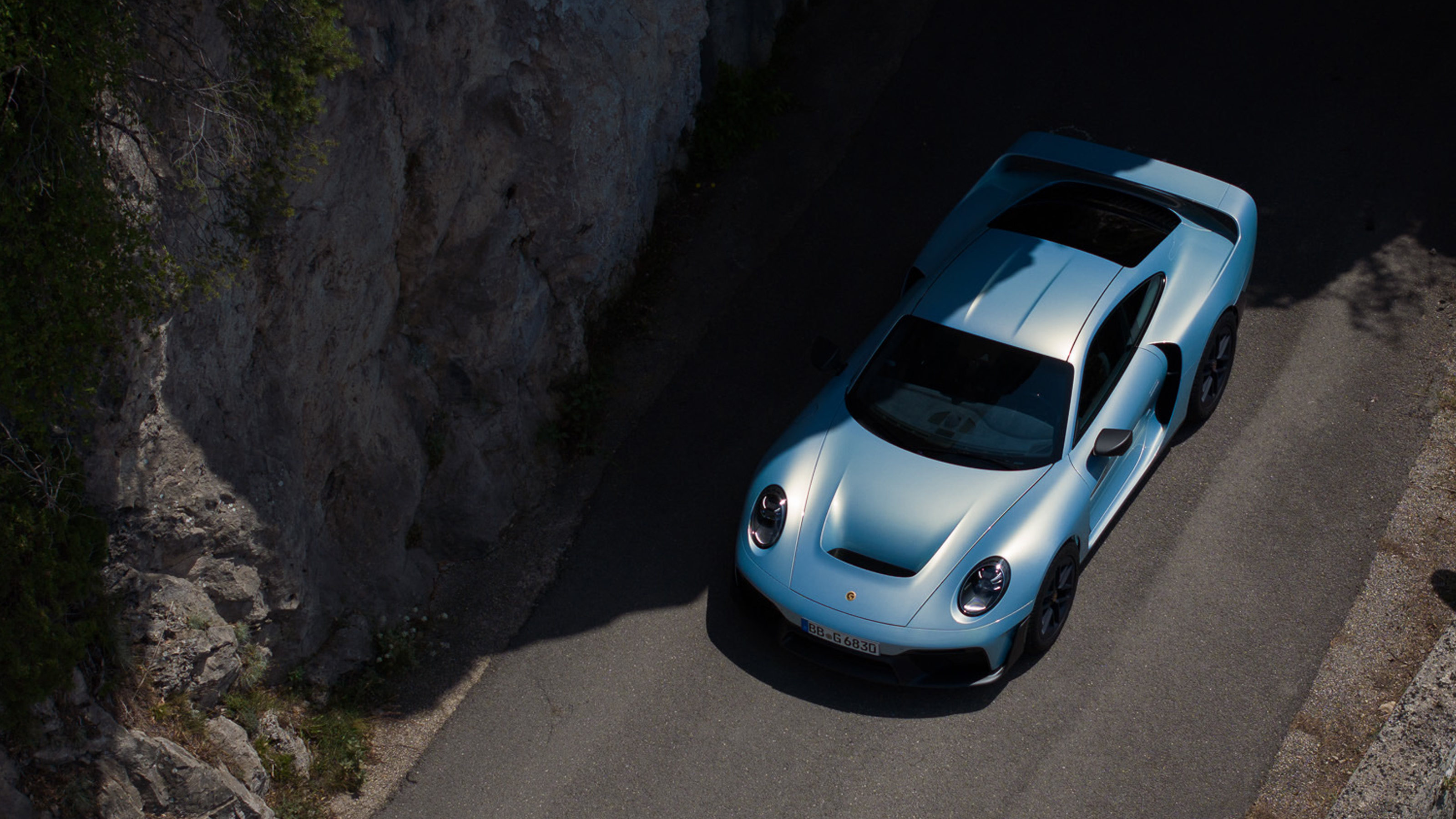 The Marsien is an all-terrain supercar that takes the Porsche aesthetic into new territories
The Marsien is an all-terrain supercar that takes the Porsche aesthetic into new territoriesThe Marsien by Marc Philipp Gemballa is a limited edition off-roading supercar inspired by the golden era of rallying Porsches
-
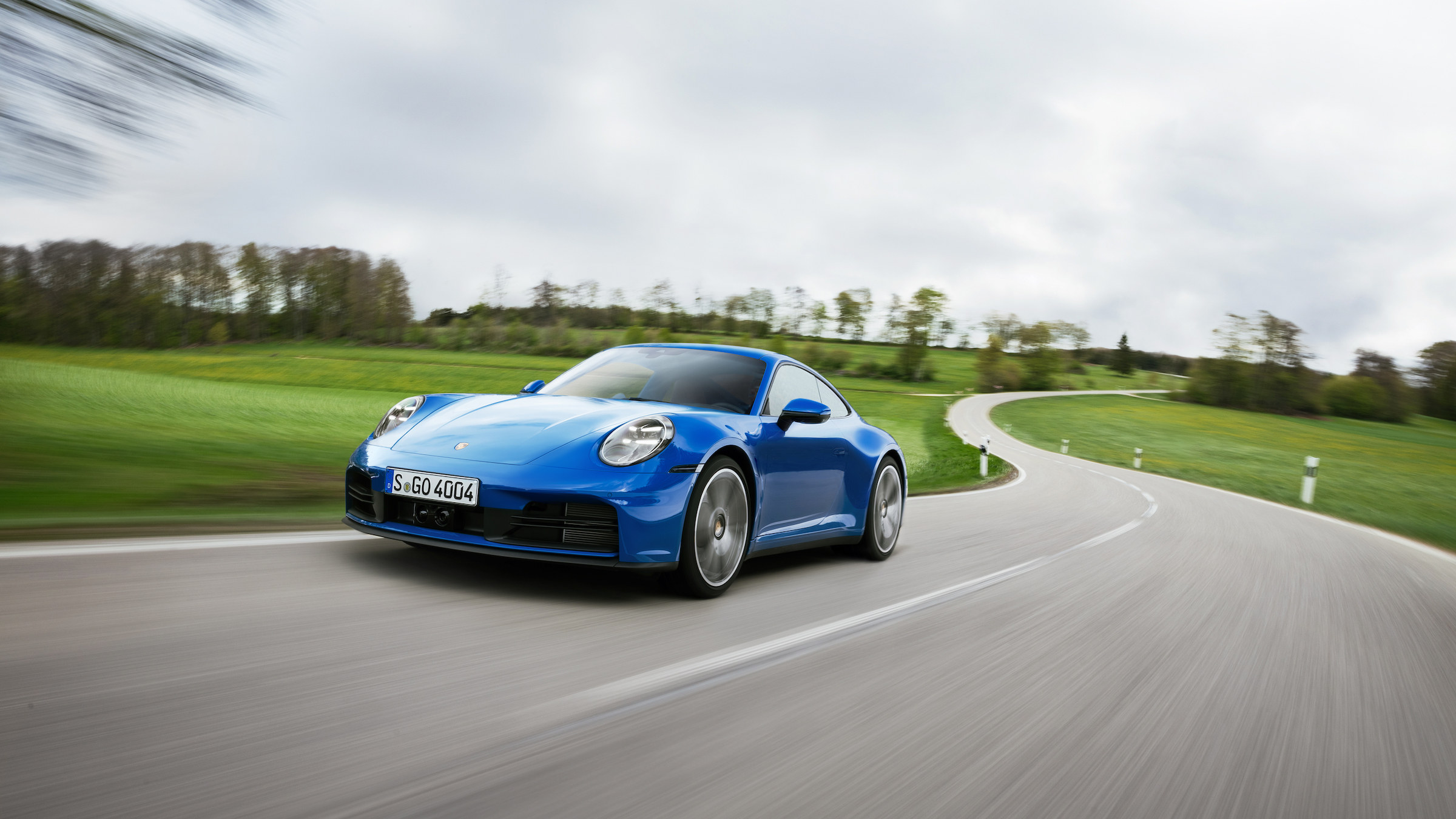 Driven: the electrically enhanced Porsche 911 raises the bar for the sports car stalwart
Driven: the electrically enhanced Porsche 911 raises the bar for the sports car stalwartThe new Porsche 911 Carrera GTS marks the debut of Porsche’s T-Hybrid system, boosting performance and efficiency. We get behind the wheel